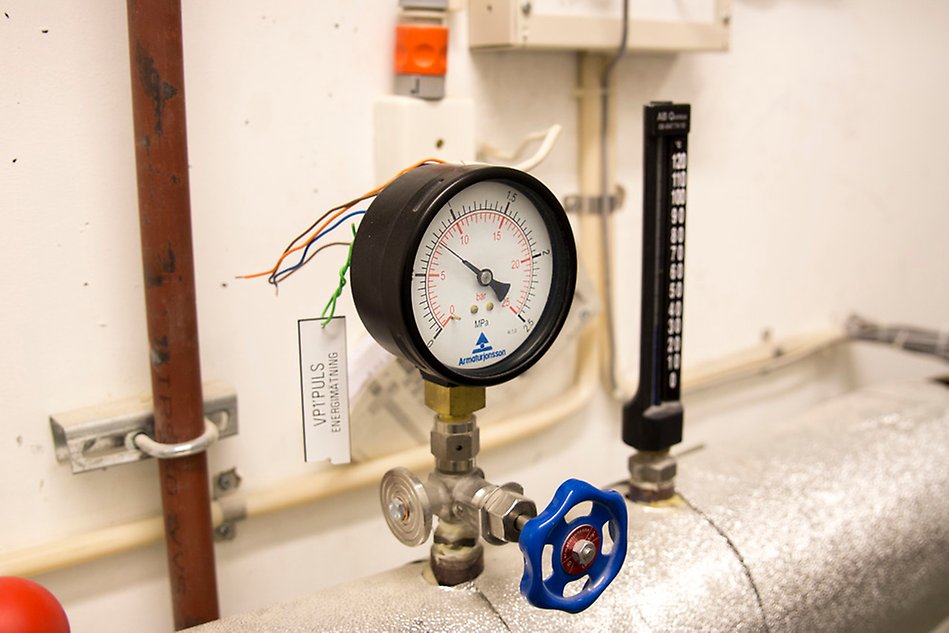Integration of Electricity and Heat using High Temperature Thermal Storage
This project analyses the use of high-temperature thermal storage (e.g., molten-salt storage) in combination with combined-heat-and-power (CHP) plants, in order to create a flexible balancing resource for the electric grid.
One of the challenges in a large scale transition to renewable energy sources lies in the ability to handle the variation in energy production that define many of these sources. The production from, for instance, wind power varies greatly over time. Several studies point out wind power as the most important power source in a future renewable power system. Beacause of this, producing cost efficient and sustainable methods for energy storage is one of the most important future issues for energy researchers.
The project is a systemic study of the possibilities to use a special type of heating layer that can withstand very high temperatures (above 500 °C), for instance the kind of molten-salt storage that is currently used at some solar power plants, in connection to cogeneration plants. Excess electricity and heat is used to heat up the storage, and the stored heat can later replace fuel in the CHP plant, at which part of the energy is retrieved as electricity, and the remaining part is utilized for district heating.
Since the infrastructure is already in place (steam turbine and district heating distribution), the proposed construction is believed to be cost efficient in comparison to other electricity storage options. The potential and benefit for the electric grid at large scale implementation is studied, as well as profitability under various conditions.
This may contribute to new storage capacity in the electric grid, which may be important for the future, as we can expect an increased share of wind and solar power.

Biomass and waste are the main sources of fuel in today’s Swedish cogeneration plants. In the future, it is likely that the competition for biomass will increase, while the amount of waste that is incinerated (at least in a long-term perspective) will probably decrease. Furthermore, cogeneration plants are regulating resources, a potential which is not used in Sweden (as opposed to in Denmark and other countries), but that could become valuable in an energy system that is dominated by wind power. The suggested concept addresses both of these issues, leading to excess power being able to contribute to reduced needs of fuel in cogeneration plants.
A future reduction of system temperature in the district heating and cooling systems (fourth generation district heating) facilitates an increase in the amount of electricity (as opposed to heat) in cogeneration plants, making it possible for a larger amount of harvested excess electricity to be recycled, thus attaining a flexible balancing resource.
The results are expected to provide answers to the concepts financial and technical sustainability, under various circumstances. More extensive research in close cooperation with industry is probably necessary before introducing the technology to the market, even if molten-salt is already used in similar contexts.
As Sweden already has significant industry, and world leading knowledge regarding cogeneration heating and waste incineration, there is a good potential for both technology and competence to be exported to other countries.

